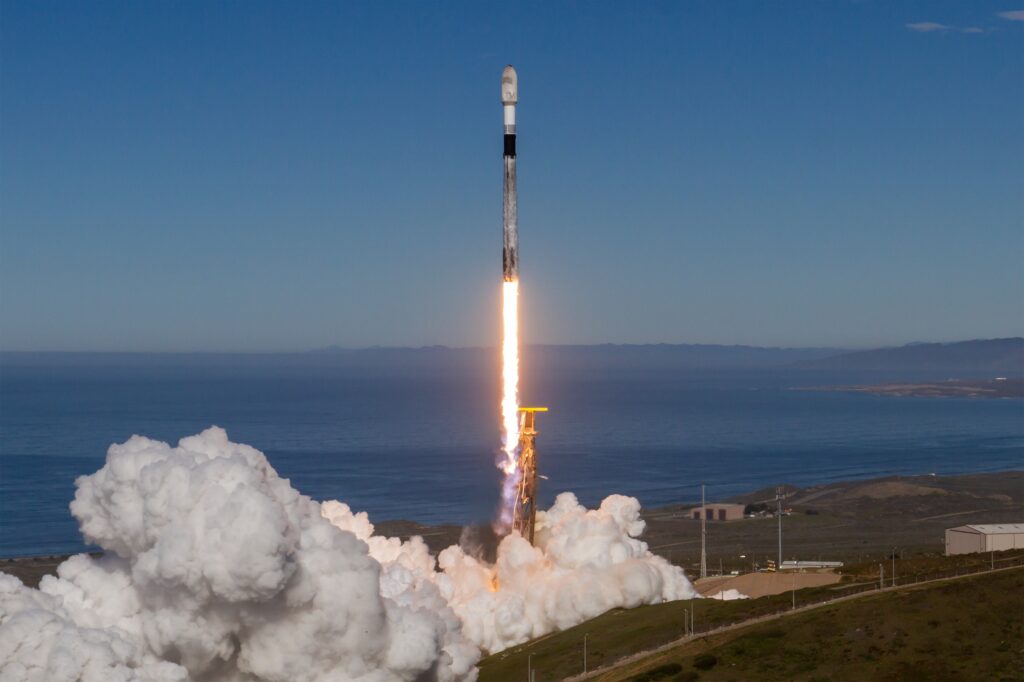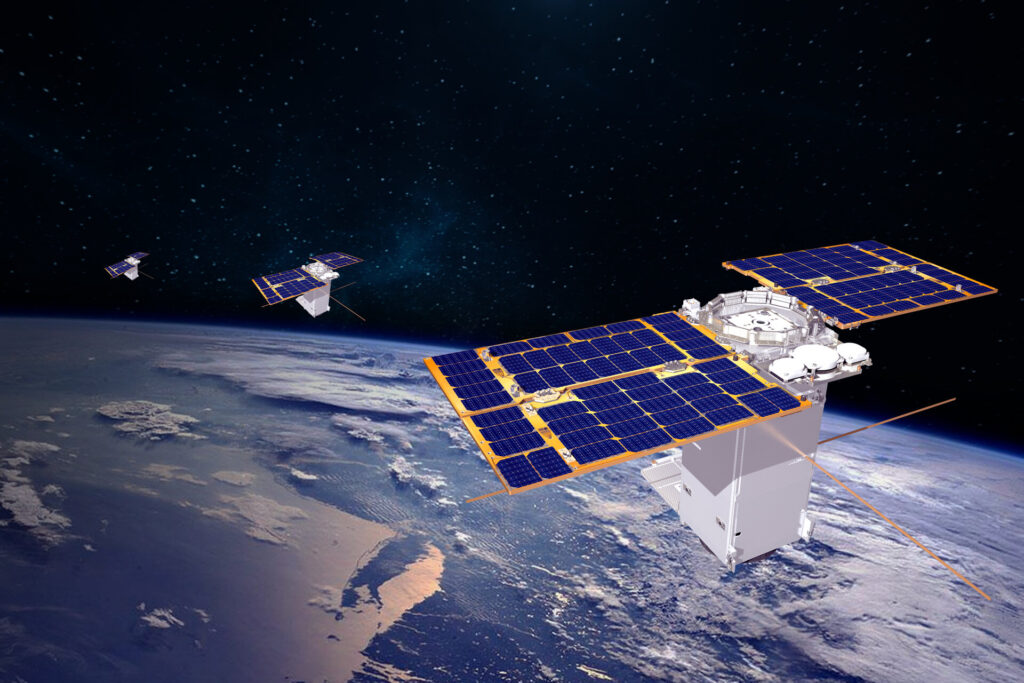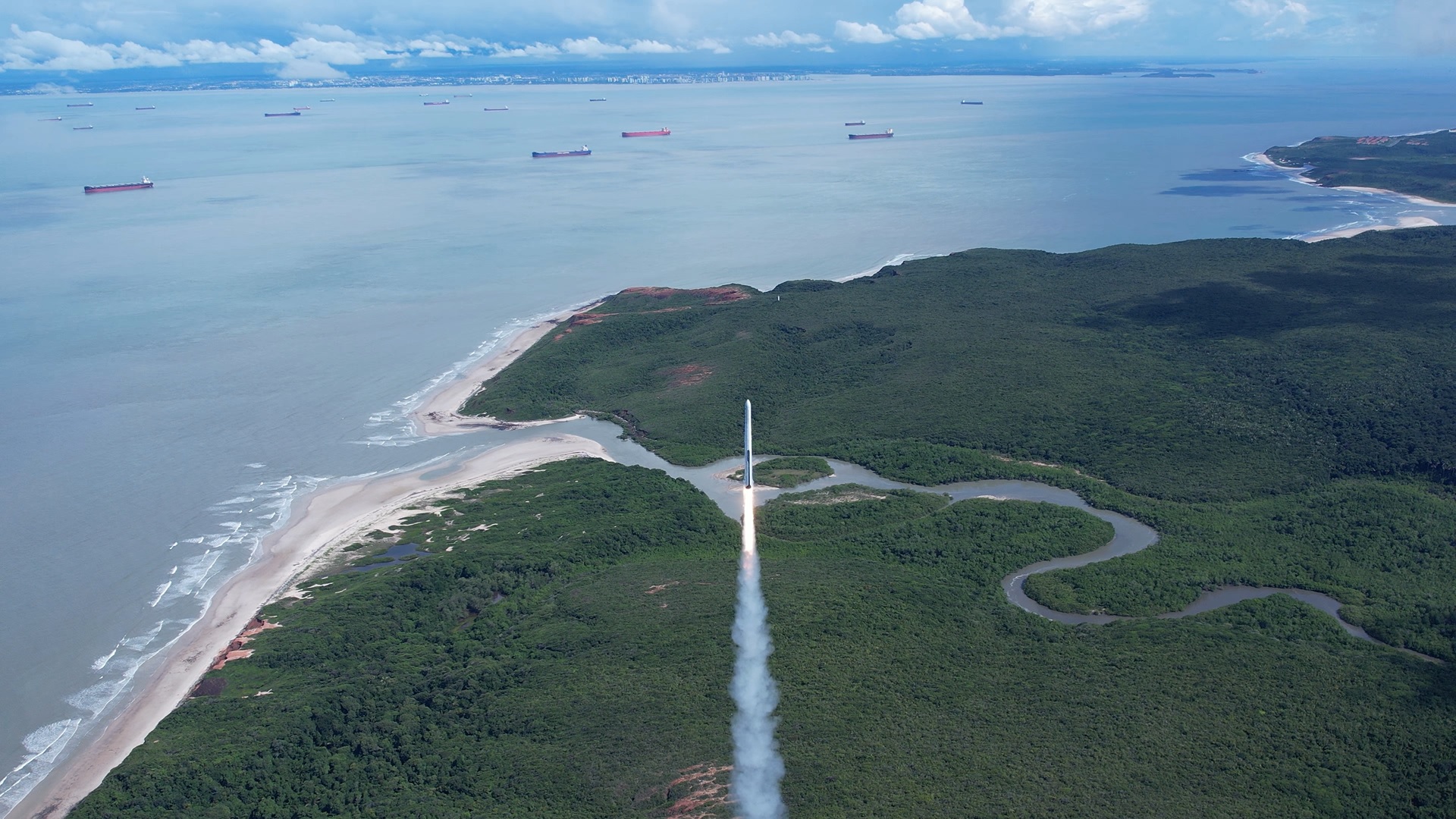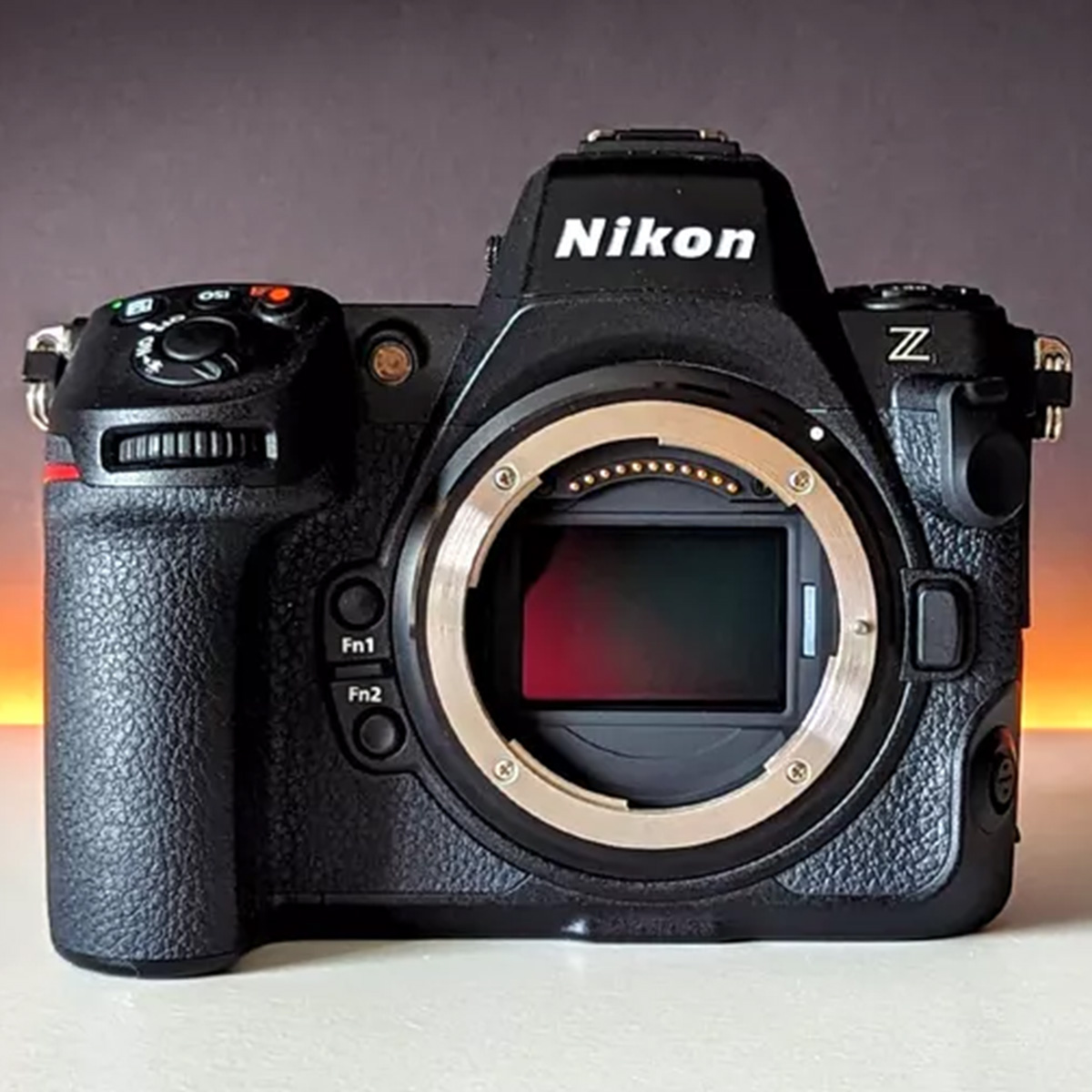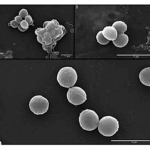Now Reading: Sentinel-1D fuelled and ready for encapsulation
-
01
Sentinel-1D fuelled and ready for encapsulation
Sentinel-1D fuelled and ready for encapsulation
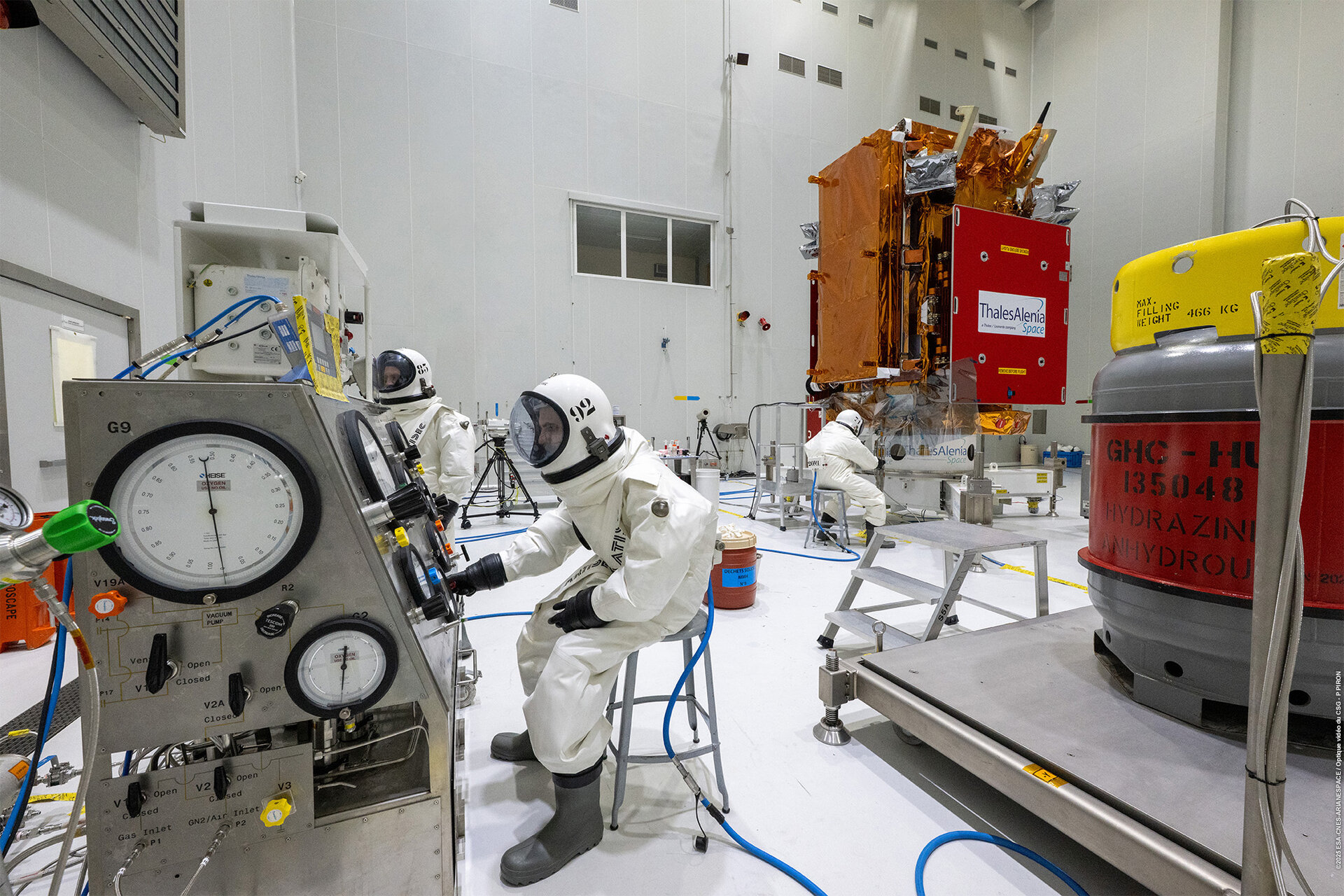

20/10/2025
296 views
12 likes
The launch campaign of the next satellite to join the Copernicus Sentinel-1 mission is progressing on schedule for launch on Tuesday, 4 November, on board an Ariane 6 rocket.
The Sentinel-1 mission delivers radar images of Earth’s surface, performing in all weathers, day-and-night. This service is vital for disaster response teams, environmental agencies, maritime authorities, climate scientists – and other users who depend on frequent updates of critical data.
Sentinel-1D is the mission’s next satellite and is set to join its sibling, Sentinel-1C. When fully commissioned, it will substitute Sentinel-1A, which has been in orbit for 11 years, well beyond its planned lifetime.
Sentinel-1D and -1C will generate data and imaging using a C-band synthetic aperture radar (SAR) instrument, which captures high-resolution imagery of Earth’s surface. They are also equipped with an Automatic Identification System (AIS) instrument to improve detection and tracking of ships. When both are operational, more frequent AIS observations will be possible.
The spacecraft Flight Readiness Review took place last week, paving the way for fuelling of Sentinel-1D.
The mission’s Project Manager, Thibaut Decoopman, explained that the team is now finalising the satellite configuration for launch, prior to preparing the spacecraft for encapsulation. He said, “Since it arrived in French Guyana, Sentinel-1D has successfully completed the last integration steps and undergone the functional tests. The satellite is now fuelled and in good health, perfectly on-time for mating onto the launcher, thanks to the continuous dedication of our industry colleagues and ESA team members.”
The satellite will be encapsulated on Friday, 24 October.
About the Copernicus Sentinel-1 mission
The mission is part of the Copernicus family of Sentinel satellites, developed by the European Space Agency (ESA). Copernicus is the Earth observation component of the European Union’s Space Programme and is the largest environmental monitoring programme in the world.
The data provided by the Sentinel missions form the basis of the operational Copernicus information services, helping to manage the environment, monitor and react to climate change and safeguard lives. Copernicus provides open-access data used worldwide.
About Ariane 6
Ariane 6 is Europe’s heavy launcher and a key element of ESA’s efforts to ensure autonomous access to space for Europe’s citizens. Its modular and versatile design allows it to launch missions into low-Earth orbit as well as those destined to go much further into deep space. Standing more than 60 metres tall, Ariane 6 can weigh almost 900 tonnes when launched with a full payload.
Stay Informed With the Latest & Most Important News
Previous Post
Next Post
-
 012024 in Review: Highlights from NASA in Silicon Valley
012024 in Review: Highlights from NASA in Silicon Valley -
 02Panasonic Leica Summilux DG 15mm f/1.7 ASPH review
02Panasonic Leica Summilux DG 15mm f/1.7 ASPH review -
 03How New NASA, India Earth Satellite NISAR Will See Earth
03How New NASA, India Earth Satellite NISAR Will See Earth -
 04And Thus Begins A New Year For Life On Earth
04And Thus Begins A New Year For Life On Earth -
 05Astronomy Activation Ambassadors: A New Era
05Astronomy Activation Ambassadors: A New Era -
06SpaceX launch surge helps set new global launch record in 2024
-
 07Space Force plans new ‘Futures Command’ amid pressure to speed up modernization
07Space Force plans new ‘Futures Command’ amid pressure to speed up modernization












